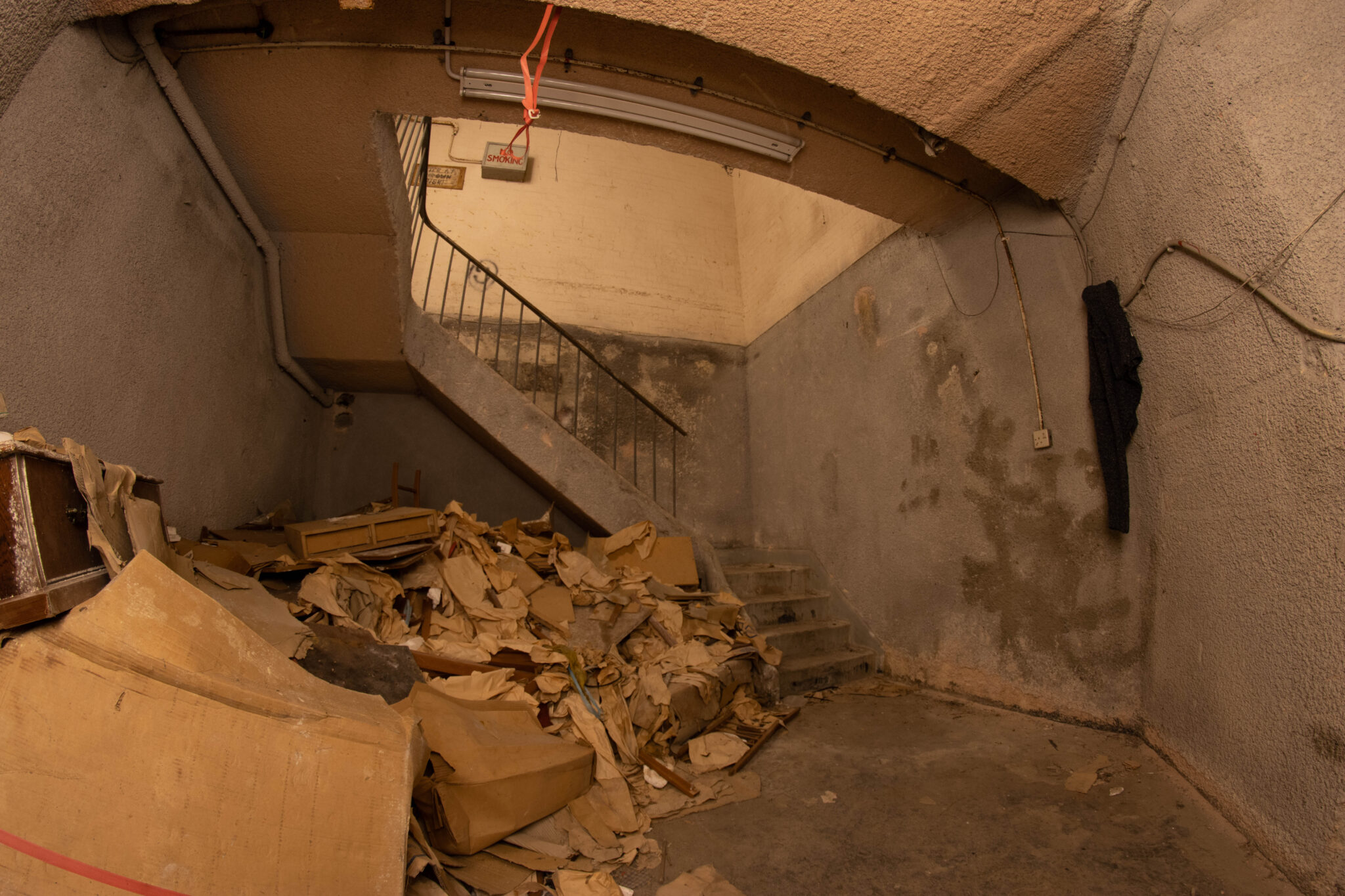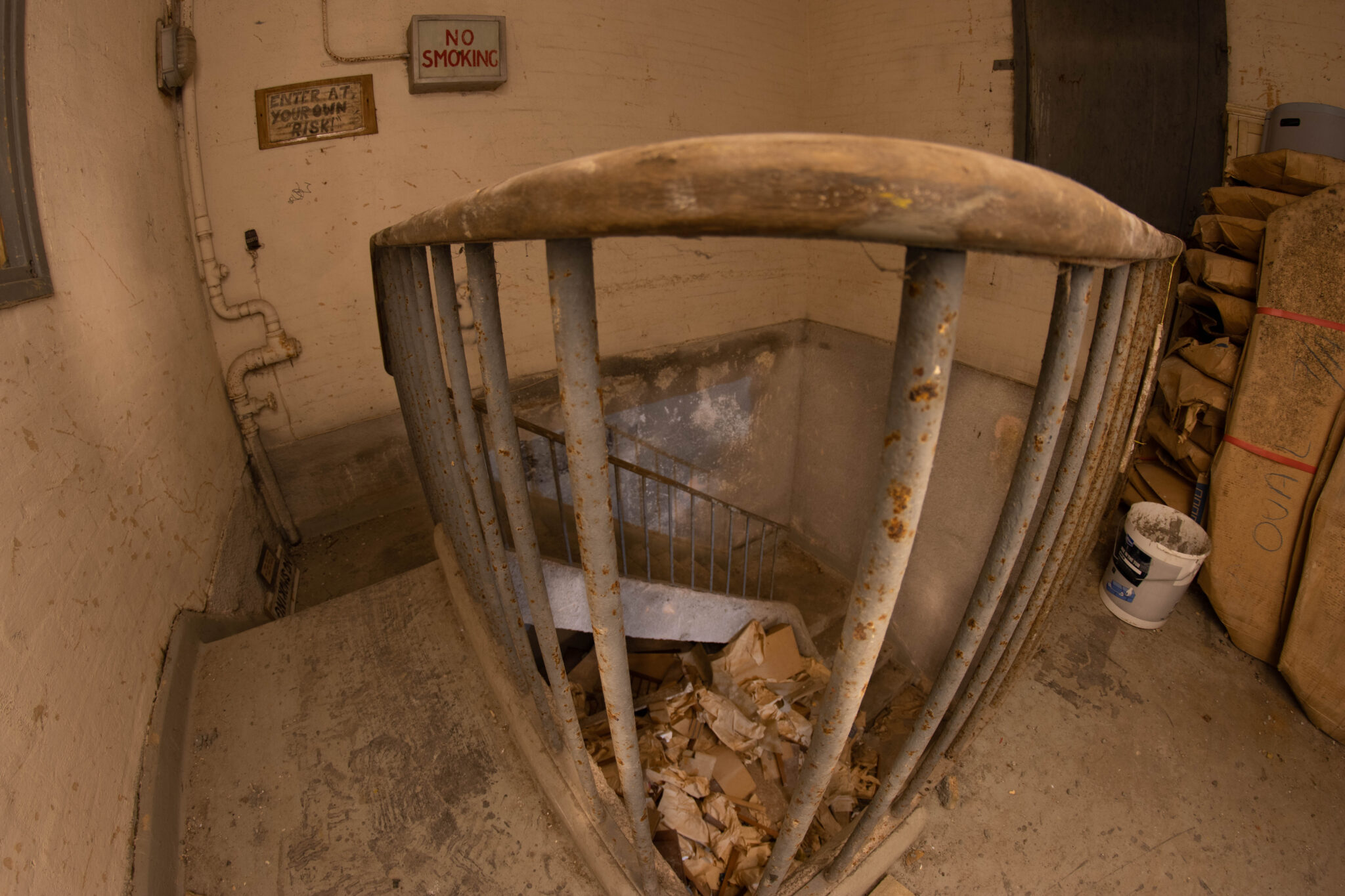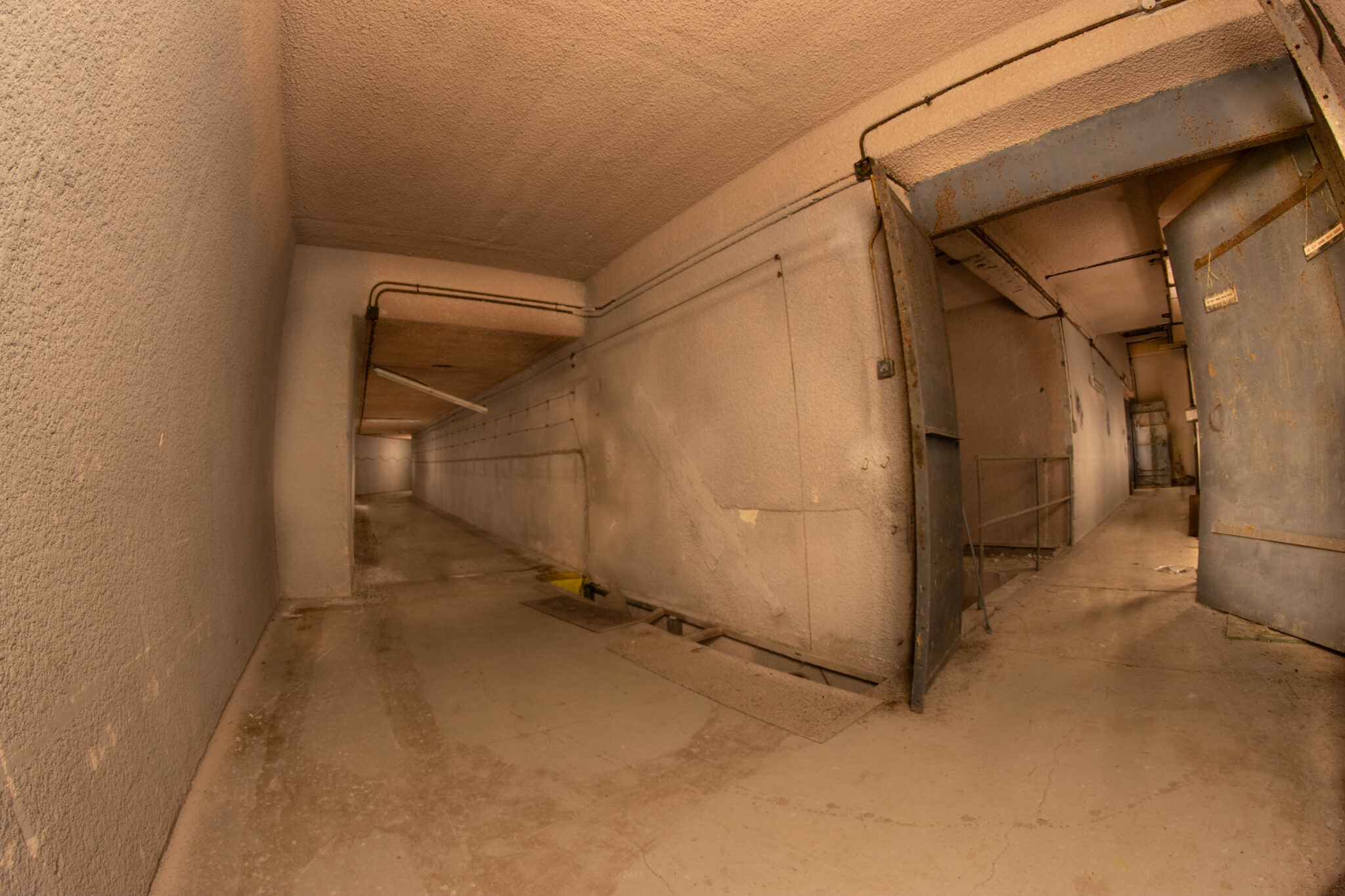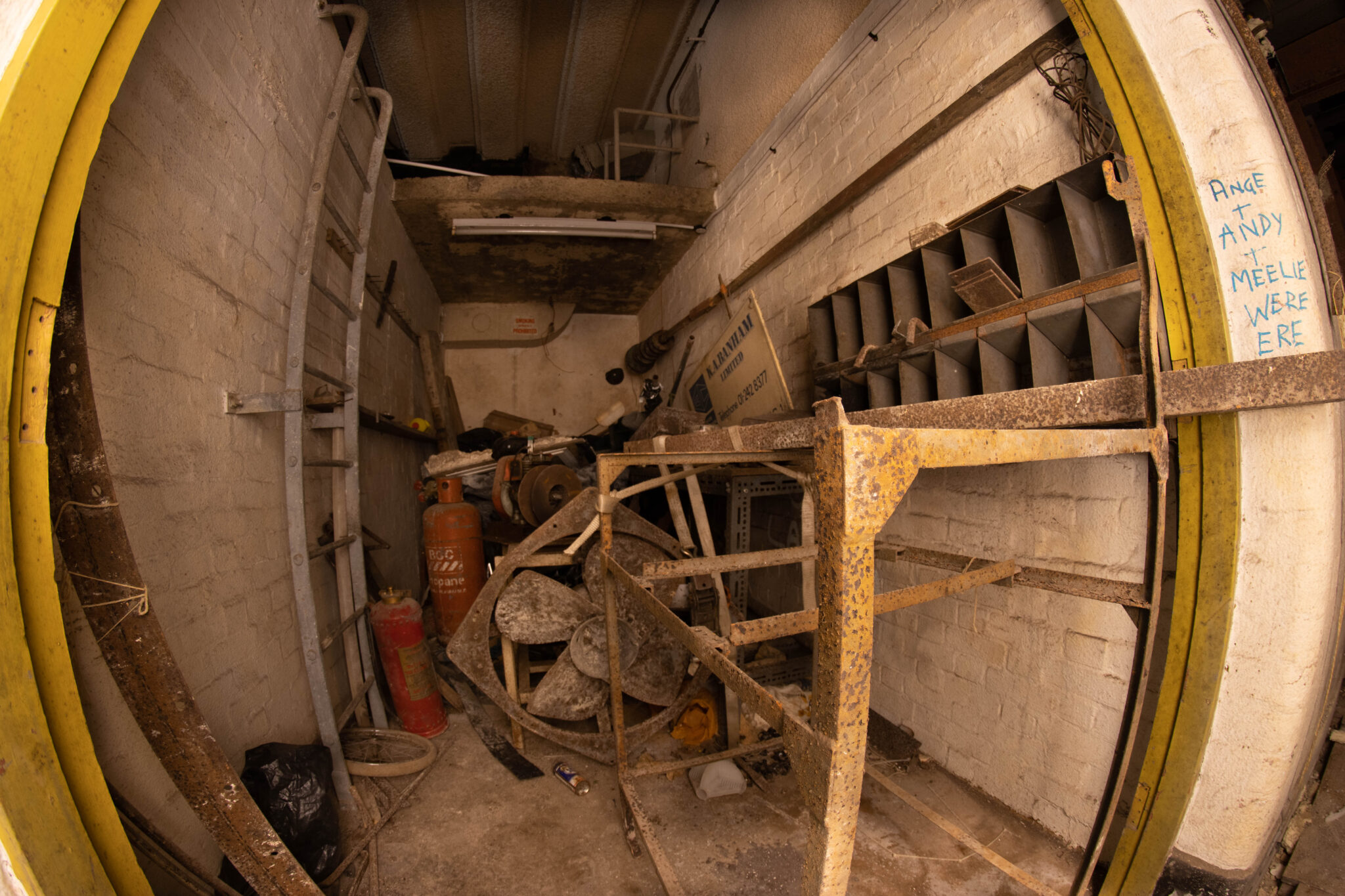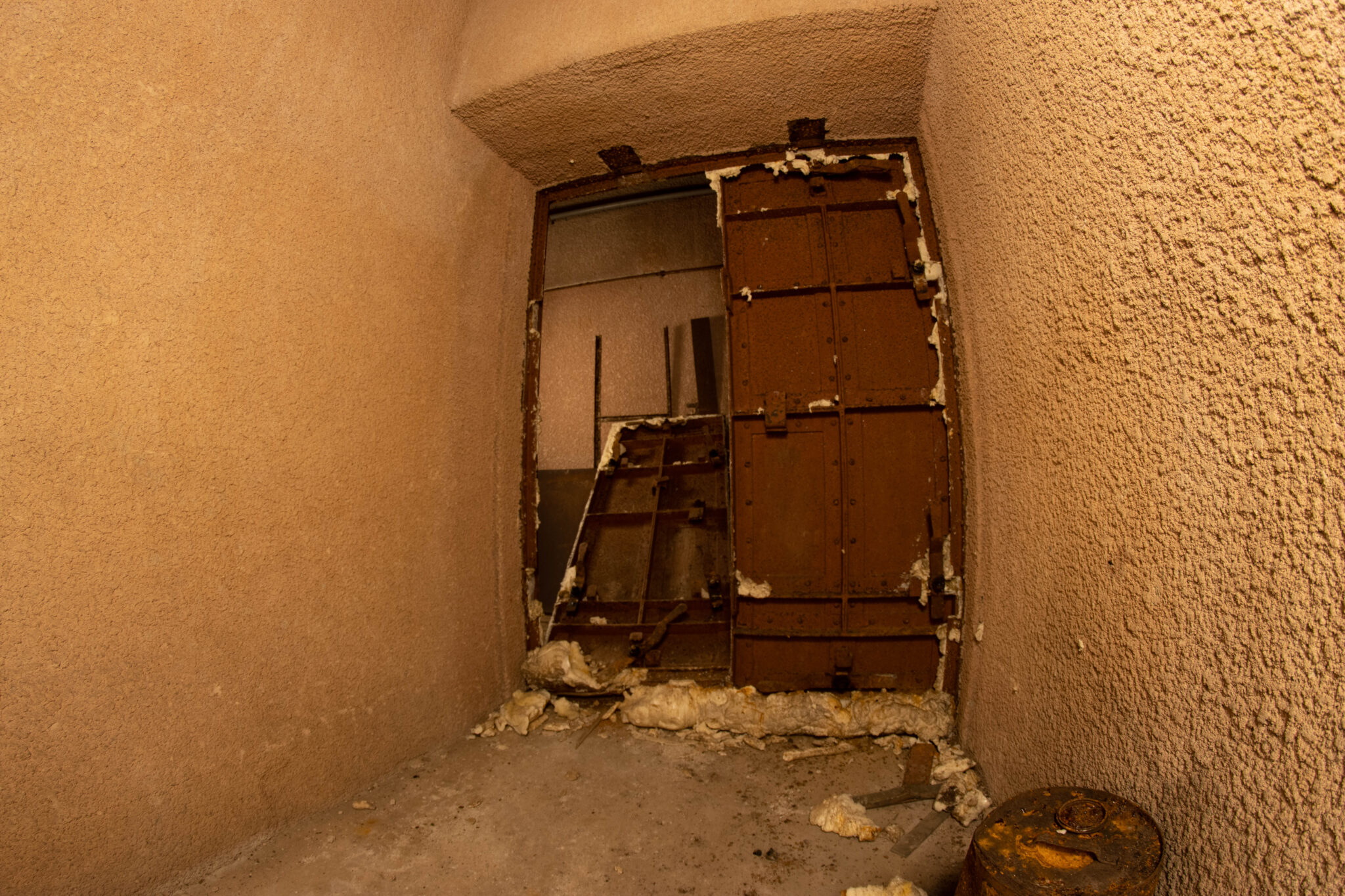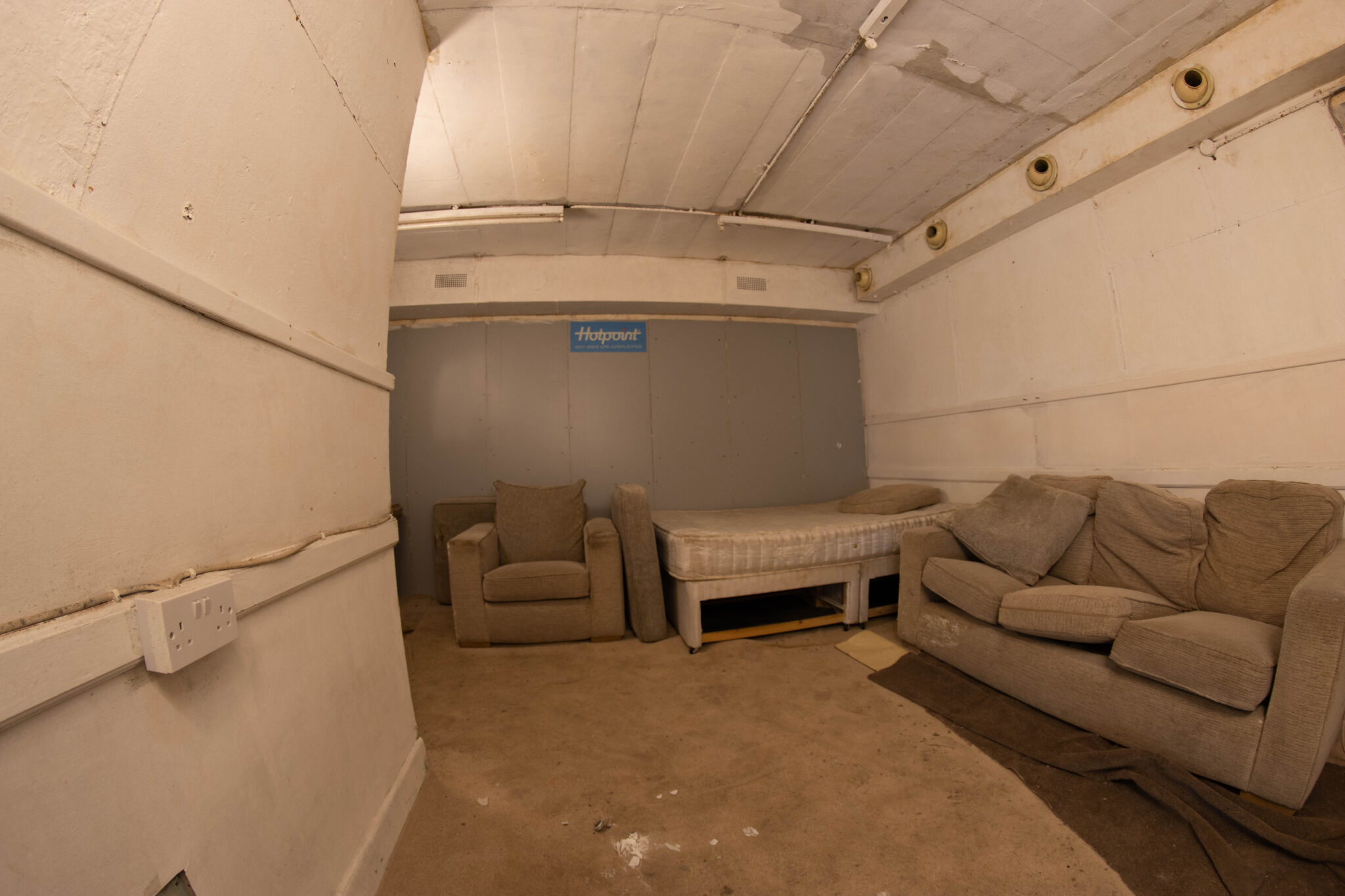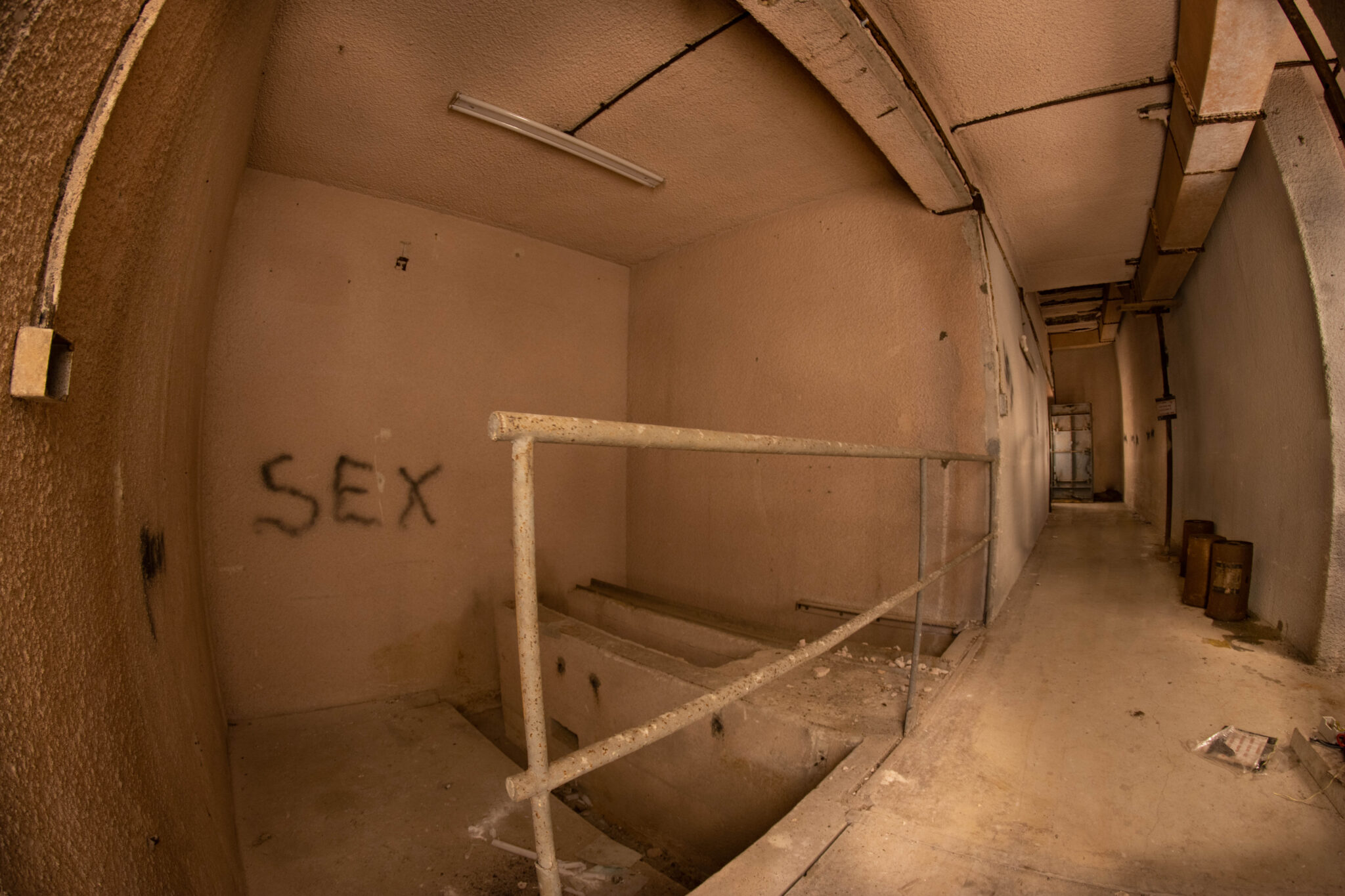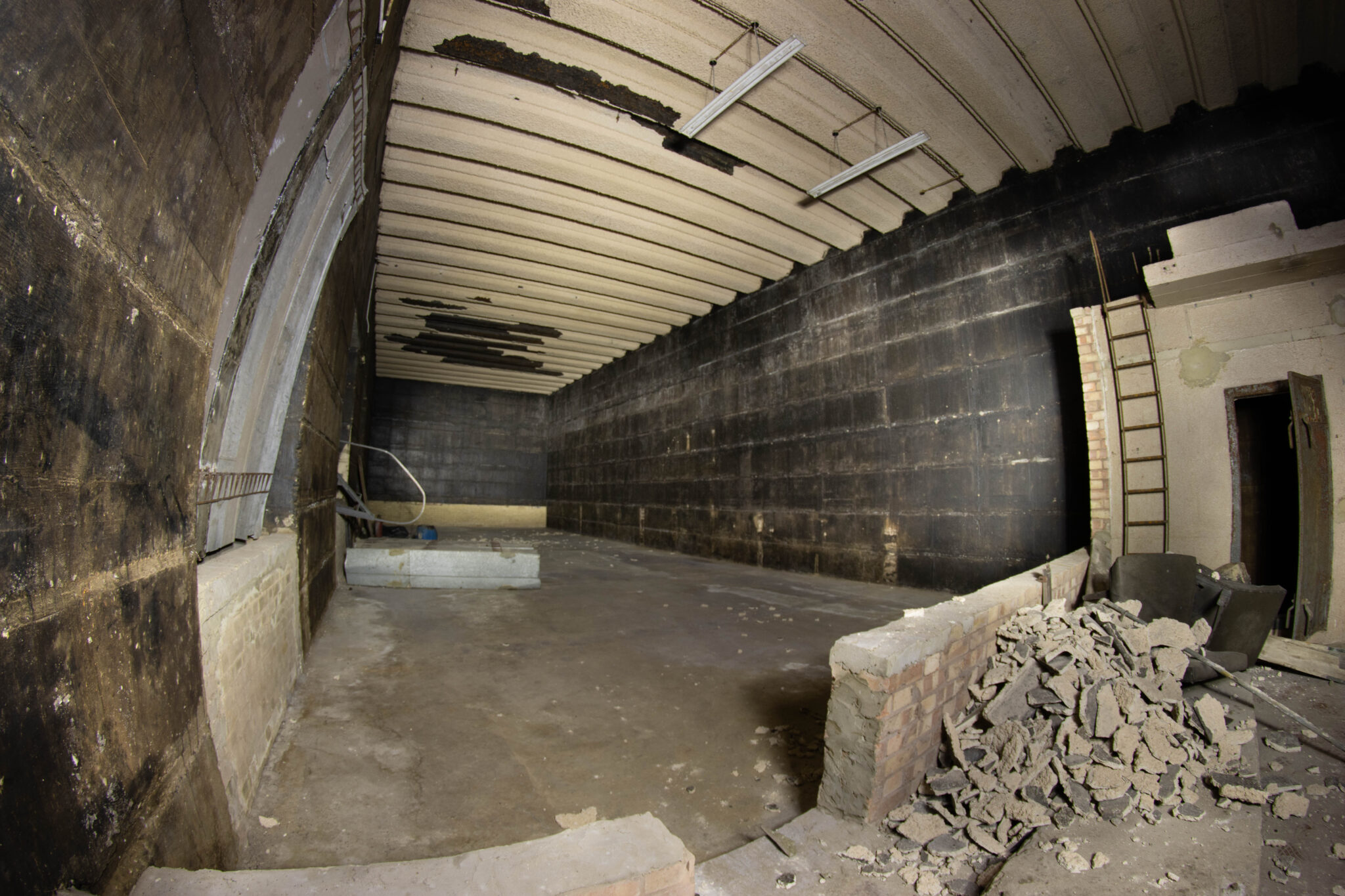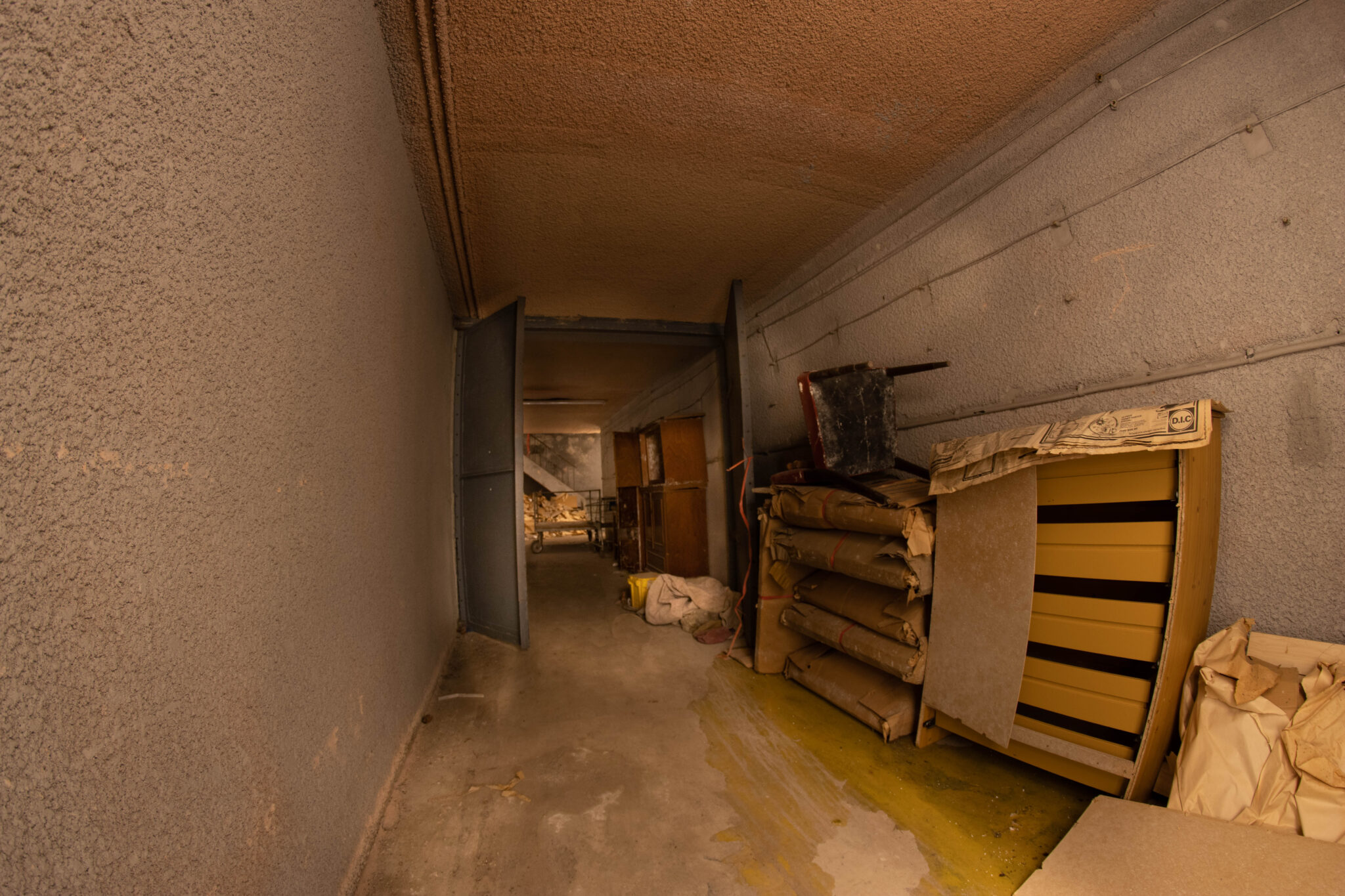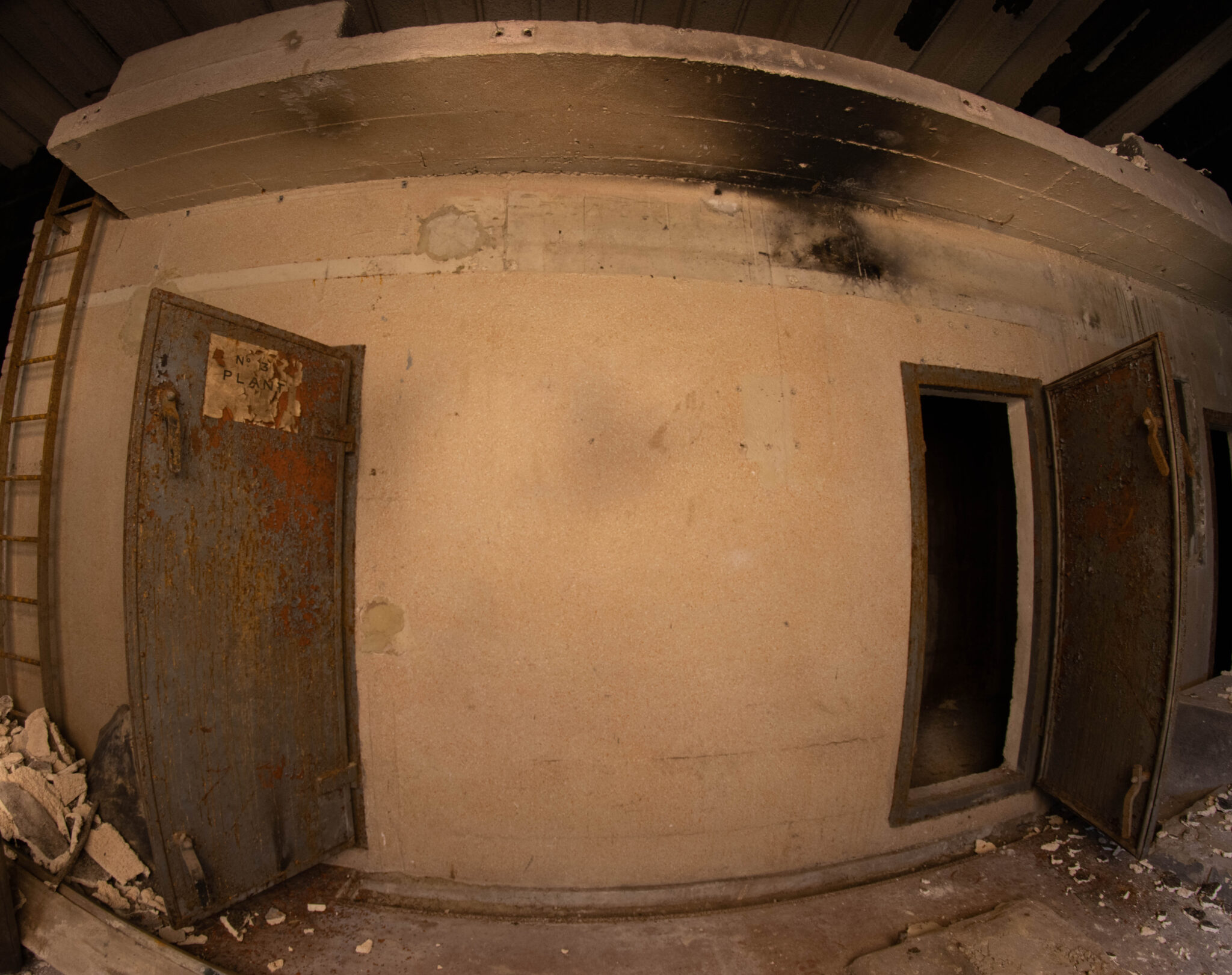Truleigh Hill R2 Rotor Radar Station
A Chain Home Low Station located at Truleigh Hill (TQ 226 107), is called site CHL07B. It was established on 04-JUN-1940. Chain Home Low (CHL) stations provided early warning of approaching low-flying enemy aircraft during the Second World War.
CHL stations used technology originally used by the Army to plot shipping for coastal batteries. In 1940 the Royal Air Force established the series of Chain Home Low stations to supplement the existing Chain Home stations as they were capable of detecting lower-flying aircraft. CHL sites typically comprised two gantries carrying the transmitter and receiver aerial arrays, a transmitter and receiver hut, a standby set house for the reserve power, and a general purposes hut. Defence measures installed at radar stations included Light Anti-Aircraft gun emplacements, pillboxes, roadblocks and air raid shelters.
Chain Home Low Station at Truleigh Hill. Aerial photography from 1976 shows that partial remains of the original station survive. This includes the transmission block shell and aerial bases at TQ 2244 1062, building bases at TQ 2266 1062, an aerial plinth at TQ 2266 1078, parch marks indicating a receiver block at TQ 2264 1084, further building bases at TQ 2220 1088, and a probable aerial plinth at TQ 2204 1074. The remainder of the site was built over a modern radar station.
The Rotor programme was developed to advance wartime radar technology in detecting and locating fast-flying jets. It was approved by the Air Council in June 1950. The first phase of the programme, Rotor 1, was to technically restore existing Chain Home, centimetric early warning, Chain Home Extra Low and Ground Controlled Interception stations and put them under the control of RAF Fighter Command. There were three main components to the Rotor stations: the technical site, including the radars, operation blocks and other installations; the domestic site, where personnel were accommodated; and the stand-by set house, a reserve power supply. The technical site for Truleigh Hill Rotor station was located at TQ 224 109. The domestic site was situated at TQ 233 057 and the stand-by set house at TQ 214 082.
The two main constructions at Rotor stations were the operations block and the guardhouse. Operations blocks were the largest structures built at Rotor stations. They were constructed of reinforced concrete and designed to withstand 2,000lb bombs. The outer walls and roof of the Rotor operations blocks were 3 metres thick and the internal walls were between 0.15 to 0.6 metres wide. The exterior was coated with an asphalt damp course and surrounded by a 0.15-metre brick wall. The roof was usually flush with the ground surface and up to 4.34 metres of earth was mounded on top.
The guardhouses were designed to resemble bungalows. They were single-storey buildings capped with a flat, concrete roof, above which a pitched roof contained water tanks. They were generally constructed of brick but were built to blend in with the local architectural style. The guard rooms also had an armoury, store, rest room and lavatories. Those associated with underground operations blocks featured a projecting rear annex that housed a stairwell leading down to an access tunnel.
Aerial photography from 1976 shows that the guardhouse and R2 operations block survive in good condition. Later, additional features are also visible and parts of the site on the southwestern corner have now been built over.
The Chain Home Extra Low Rotor station at Truleigh Hill was constructed in 1952. It was decommissioned in 1958 and sold to a private buyer. The operations block is unused, although the site serves police, ambulance and fire service communications.

